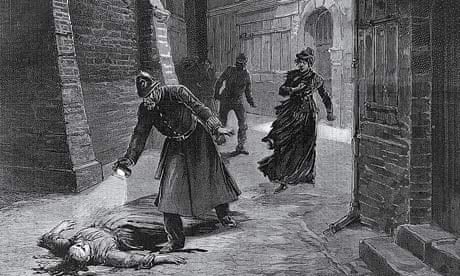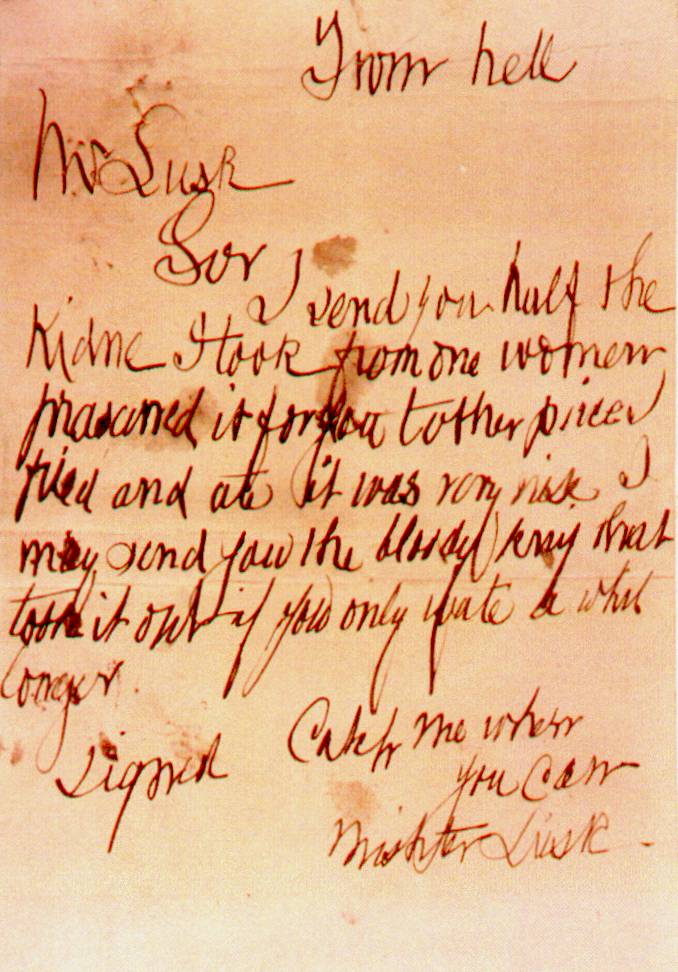Few other names in criminal lore inspire such fascination and fear as Jack the Ripper. The unknown serial murderer haunted London's Whitechapel neighborhood in 1888, brutally killing a minimum of five women, referred to as the canonical five. Although there were long and intensive investigations, the killer's identity remains a mystery, which makes Jack the Ripper one of history's most notorious figures.
The Murders That Shook London
Between August and November 1888, five women, including Mary Ann Nichols, Annie Chapman, Elizabeth Stride, Catherine Eddowes, and Mary Jane Kelly, were killed and discovered in Whitechapel. All five were prostitutes, and the bodies were mutilated horribly, which implied that the murderer had some knowledge of anatomy. The brutality of the crimes created widespread panic, with Londoners terrified for their safety.
The Letters and the Legend
Jack the Ripper's nickname arose from the "Dear Boss" letter, said to have been posted by the killer to Scotland Yard. The published letter jeered at the police and told of the murders in gory detail. A second letter, the "From Hell" letter, was posted to George Lusk, a committee leader for local vigilance, and included half a preserved human kidney, said to be from one of the victims. These letters fueled the legend, making Jack the Ripper a household name.
Theories and Suspects
Through the years, there have been many suspects suggested, including Montague Druitt, a barrister with a surgical background; Michael Ostrog, a Russian offender; and Aaron Kosminski, a Polish immigrant. There have even been suggestions that the murderer was part of the British royal family or even a celebrated artist. Even with advances in modern forensic science, the killer has never been definitively identified.
The Enduring Mystery
Jack the Ripper's murders are never solved, yet they have given rise to hundreds of books, movies, and conspiracy theories. Whitechapel's murder sites are now popular tourist attractions where visitors are willing to tread in the steps of history's most infamous murderer. The case still intrigues criminologists and historians as a testament that some secrets never die.



Comments
Post a Comment